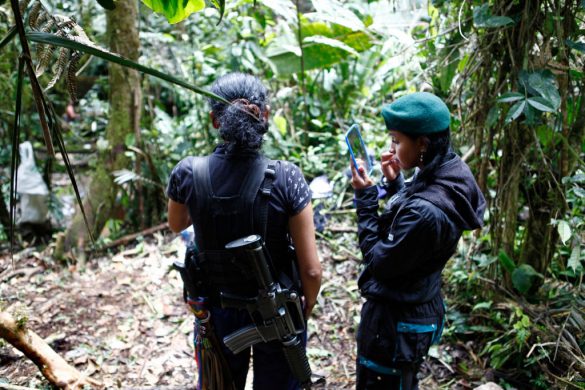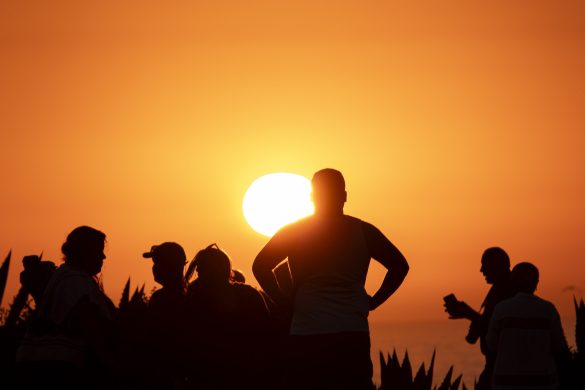A panel of UN-appointed experts Wednesday urged India to step up investments in the health and education sectors to make good on a worldwide pledge to halve extreme poverty worldwide by 2015.
– India needs to step up investments to build the infrastructure required to deliver essential health services, said Jeffrey Sachs, who led a panel of UN experts who in a report released in January accused wealthy nations of failing to cough up the money needed to reduce poverty by 2015.
The report commissioned by UN Secretary General Kofi Annan tracks country-specific progress made on the Millenium Development Goals, which include wiping out extreme hunger, making primary education universal and fighting AIDS and other deadly diseases.
The report said India needed “to make large investments in HIV prevention to forestall further transmission to the general population.”
– The infection is concentrated in groups at high risk of infection, such as injecting drug users and sex workers and their clients. But it could spread to the general population without significantly expanded HIV prevention efforts, said Sachs.
India has the second largest number of HIV infections, behind South Africa, at five million people, or one in every eight of the almost 40 million infected worldwide.
In 2001, the Indian government spent just four dollars per capita on health, while out-of-pocket spending (egenbetaling) was 24 dollars per capita, said the agency.
– Not only is the total expenditure likely to prove insufficient to deliver a quality package of essential services, the high level of out-of-pocket spending is a major financial burden and barrier to access to health services for people, said Sachs.
The ex-Harvard economist also noted that girls and women suffered discrimination in India.
– Discrimination against girls and women remain pervasive, as reflected in the systematic under-allocation of food and education to women and girls within housesholds, said Sachs.
– Literacy rates among girls, though increasing, are much lower than among boys, he added.
India has 78 girls for every 100 boy students and only 76 percent of pupils complete primary school compared with 99 percent in the other Asian giant China, said a World Bank report.
Indias left-leaning Congress government which took office in May has imposed an extra 2 percent tax which is expected to raise around one billion dollars (5,7 mia. DKR) to fund education and free lunches at schools.
However, the World Bank report said investment in education was still insufficient, with central and state government spending adding up to 2,65 percent of gross domestic product.
In a country of 20 million children below 11 years, this amounts to a paltry sum of 1,8 dollars spent on educating each child per month.
Kilde: The Push Journal















